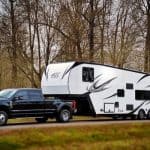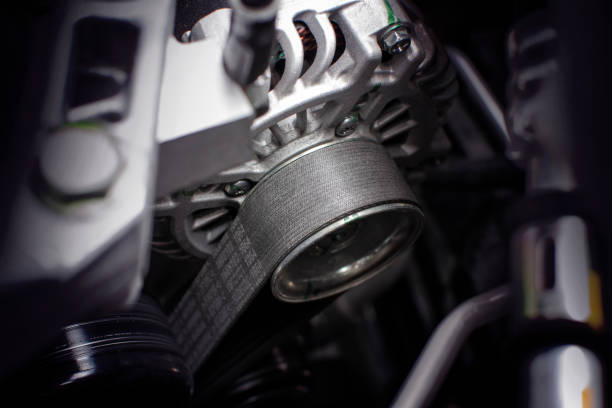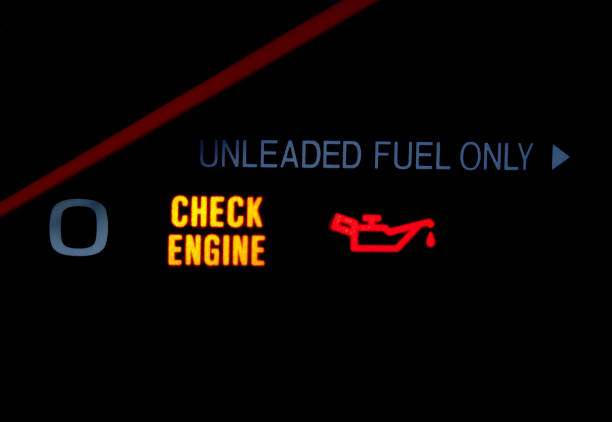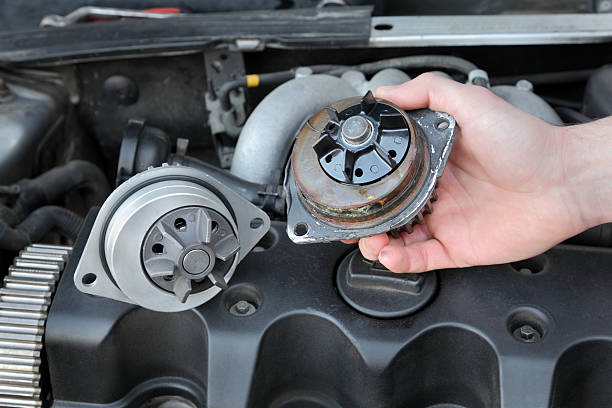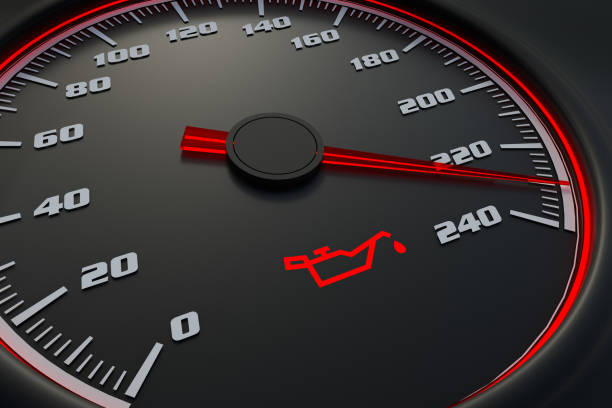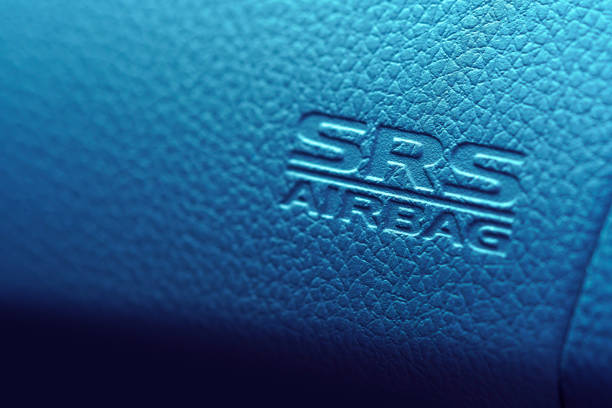
The modern automotive landscape is full of acronyms, and it’s essential to understand their meanings to fully grasp your vehicle’s features. One such acronym is SRS, which stands for Supplemental Restraint System. This article provides a comprehensive breakdown of what SRS means, how it functions, and its importance in vehicle safety.
What is the Supplemental Restraint System (SRS)?
The Supplemental Restraint System, or SRS, is an advanced safety feature found in modern vehicles. It’s designed to provide additional protection to occupants in the event of a collision by working in conjunction with seatbelts. The SRS primarily consists of airbags and other safety components that help reduce the risk of injury or fatality during a crash.
Airbags – A Key Component of the SRS
Airbags are one of the most crucial components of the SRS. They are designed to inflate rapidly in the event of a collision, providing a cushion between the occupants and the vehicle’s interior. Airbags help to distribute the force of impact more evenly, reducing the potential for serious injuries. There are various types of airbags, including:
- Frontal airbags: Deploy from the steering wheel and dashboard to protect the driver and front passenger.
- Side airbags: Inflate from the side panels or seats to protect occupants during side-impact collisions.
- Curtain airbags: Deploy from the roofline to cover the side windows, shielding occupants from head and neck injuries in rollover accidents or side-impact collisions.
- Knee airbags: Inflate from the lower dashboard to protect the driver’s and front passenger’s knees and lower legs.
Crash Sensors and Control Modules
The SRS relies on crash sensors and a control module to determine when airbags should be deployed. Crash sensors, located throughout the vehicle, measure the force and direction of an impact. When a collision occurs, these sensors send data to the control module, which evaluates the information and decides whether airbag deployment is necessary.
Seatbelt Pretensioners and Load Limiters
In addition to airbags, the SRS also includes seatbelt pretensioners and load limiters. These devices work together with seatbelts to maximize occupant protection during a collision.
Seatbelt Pretensioners
Seatbelt pretensioners are designed to tighten seatbelts immediately upon detecting a collision. This action helps to secure the occupants in their seats, reducing the risk of injury caused by the seatbelt or contact with the vehicle’s interior. Pretensioners often use a small pyrotechnic charge to retract the seatbelt rapidly.
Load Limiters
Load limiters work in conjunction with seatbelt pretensioners to regulate the amount of force applied to an occupant by the seatbelt during a collision. This feature helps prevent seatbelt-induced injuries while still keeping occupants securely in place. Load limiters typically use a torsion bar or a folding mechanism to control the seatbelt’s tension.
The Importance of SRS Maintenance and Inspection
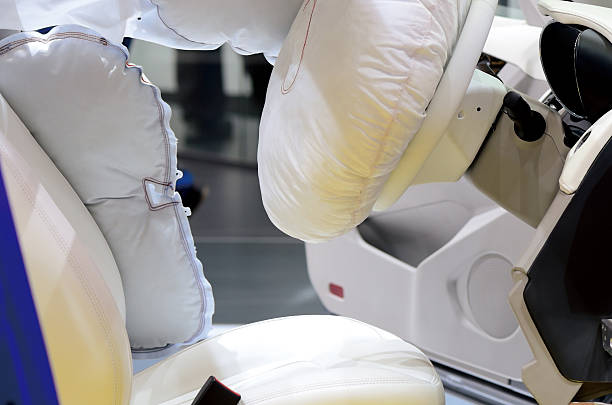
Regular inspection and maintenance of the SRS are essential for ensuring the system functions correctly when needed. Some key maintenance tasks and checks include:
Airbag Inspection
Airbags should be inspected periodically by a qualified technician to ensure they are in good working condition. This inspection may involve checking for damage, ensuring proper deployment readiness, and verifying that warning lights function as intended.
Seatbelt Inspection and Maintenance
Seatbelts should be regularly checked for signs of wear, fraying, or damage. In addition, seatbelt pretensioners and load limiters should be inspected to ensure they function correctly. If any issues are found, it’s essential to have them repaired or replaced by a qualified technician.
SRS Warning Light
Your vehicle’s dashboard features an SRS warning light that indicates potential issues with the system. If the light stays illuminated after starting the engine or comes on while driving, it’s crucial to have your SRS inspected by a professional. This light may indicate a problem with an airbag, seatbelt pretensioner, or another component within the system.
SRS Limitations and Proper Usage
While the SRS is a vital safety feature, it’s essential to understand its limitations and use it properly in conjunction with seatbelts.
The Importance of Seatbelt Use
The SRS is designed to supplement seatbelts, not replace them. Seatbelts remain the primary restraint system in a vehicle and should always be worn by all occupants. The SRS works in tandem with seatbelts to provide optimal protection during a collision.
SRS Limitations
The SRS is not a guarantee of complete protection during an accident. In some cases, airbags may not deploy, or their deployment may not provide sufficient protection, depending on the nature of the crash. Furthermore, incorrect seating positions, such as slouching or sitting too close to the steering wheel, can increase the risk of injury from airbag deployment. It’s essential to maintain a proper seating position and keep a safe distance from airbag modules.
Conclusion
The Supplemental Restraint System (SRS) is a critical safety feature in modern vehicles, designed to provide additional protection during a collision. The system primarily consists of airbags, seatbelt pretensioners, and load limiters, working together with seatbelts to minimize the risk of injury. Regular inspection and maintenance of the SRS components are crucial to ensure their proper functioning in the event of a crash. By understanding the role and limitations of the SRS, drivers can make informed decisions about their safety and that of their passengers.

